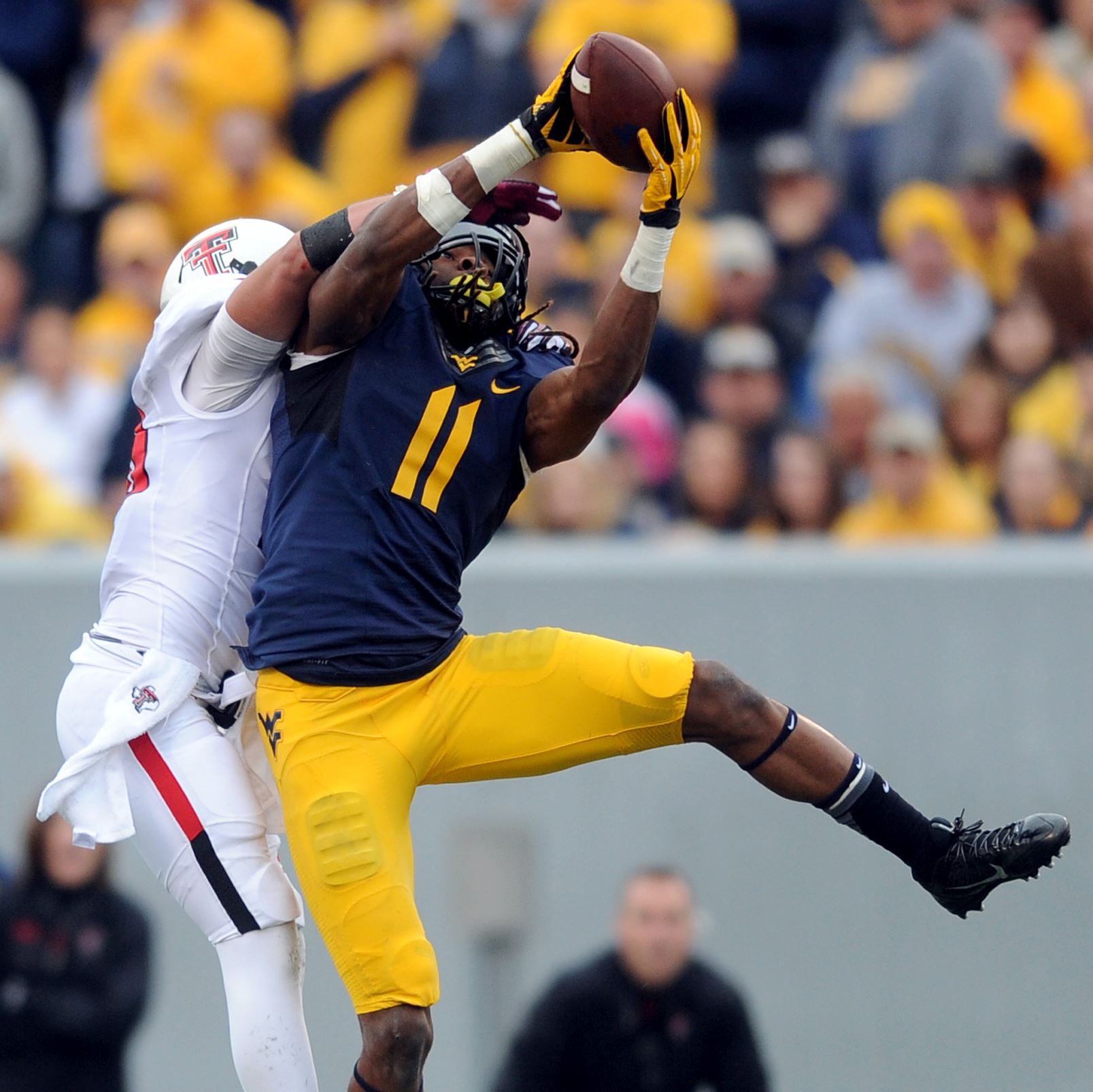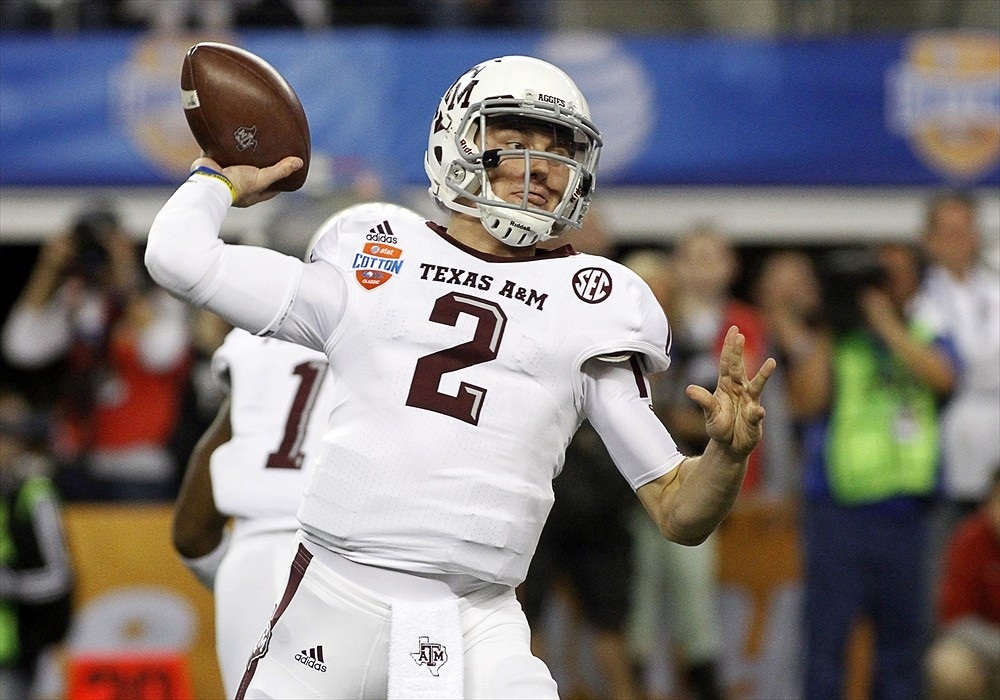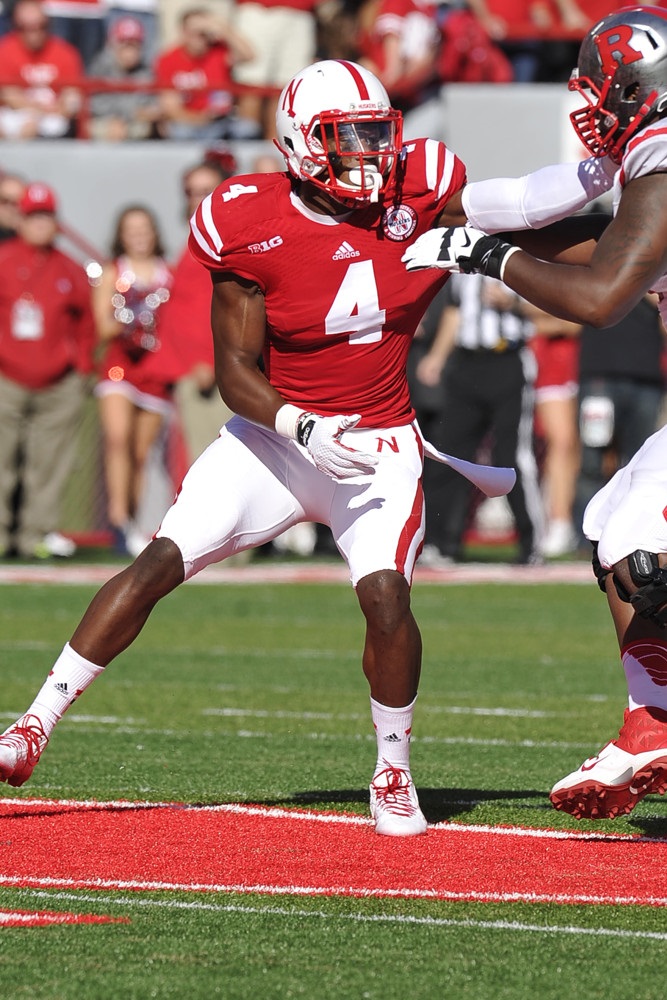Volatility of NFL Draft Big Boards

Why it is good to have a variety of opinions and how to view NFL Draft Big Boards as a tool: 
One of the most frustrating things for people who cover the NFL Draft is the negative fan reaction when you rank a particular player on your Big Board that maybe goes against the consenus or popular opinion. The same holds true when draft writers try to project a Mock Draft and fans don’t agree with what players are projected in particular spots. I see this first hand in running On the Clock: Mock Draft Simulator or creating my own Mock Drafts, which may have results counter to what people are expecting.
Though it is understandable why fans are so passionate and an overall positive thing to get feedback on your rankings and mock drafts, a big disconnect with fans and writers (and sometimes writers between themselves), is that there isn’t a great understanding of what the Big Board is really trying to represent and how draft rankings should be viewed in the overall scheme of things.
A big board or positional rankings are a great tool and guideline of where that particular draft writer ranks and values players, but it shouldn’t be considered “gospel”, and an exact breakdown of how a draft should play out. Draft writers having different viewpoints on players is a good thing as it can help further the discussion and informed debate on the players. Every draft analyst is going to have a different process on how they evaluate prospects and what weight they give to certain things. The various viewpoints and content can help educate the fans and hopefully form some sort of consensus. Just because there is a consensus though it doesn’t mean that viewpoints that go against the grain on a particular player are wrong either.
There are a lot of different factors that people can weigh in evaluating a prospect, be it statistical analysis, film breakdown, off the field issues/character, athleticism analysis, a players ceiling, a players floor, NFL readiness, etc. How an analyst values those different factors will determine their overall grade. While there is some data to suggest certain things should be weighed more than others, there is by no means an exact science to player evaluation, which is why different opinions on a prospect can both add value.
One problem most draft analysts face is that when their opinions don’t line-up entirely with some of the big media outlets like ESPN, NFL.com and CBSSports, those opinions are considered poor or inaccurate without any real evidence to prove that. I respect the work and dedication that the big draft analysts for these sites put in, but it doesn’t mean that they are 100% right, and every other opinion is invalid. For one thing those sites typically don’t agree on how to rank particular players, so you will find very different opinions depending on what site you are on. Not only do the sites disagree with one another, but internally there can be a wide range of opinions among the draft analysts of a particular site. If the top sites can disagree with one another and even the sites have internal disagreements, then it’s possible for outside opinions to have value to the Draft process as well.
I consider it a good thing to have dissenting opinions on various prospects as I believe it helps simulate what we see among NFL teams. All 32 NFL teams are going to have their own master draft board and positional rankings. While there will be some similarities among the 32 clubs, there will also be some vast differences as well. Internally among teams there are going to be differing opinions from what the consensus master draft board ends up, and teams typically like the variety of viewpoints because it helps them ensure that they aren’t missing anything.
Example: Mike Mayock’s 2014 Big Board: 
This variety of opinion among teams is why the draft never plays out like any particular big board. Take NFL.com’s Mike Mayock’s top 100 big board last season, which he released May 5th, just days before the draft. Mayock is one of the most well respected and knowledgeable draft analysts out there. He also has a number of connections with NFL teams and receives plenty of feedback on his evaluations of prospects. With his release so close to the draft and with his credentials and insight you would think that he nailed the value of just about every pick. Now this is not to say that he wasn’t right a good amount, his top 5 players all went in the top 6 and 14 of his top 15 guys went in the top 20.
But like any analyst Mayock had rankings that didn’t line up with what we saw during NFL Draft weekend. His top QB was Johnny Manziel who ranked 10th on his board, followed by Blake Bortles at 15th, Derek Carr at 20th, Jimmy Garoppolo at 38, Zach Mettenberger at 40, and Teddy Bridgewater at 42. Not a single one of those quarterbacks were taken within 10 spots of their big board ranking, and the order in which they were selected was completely off. In addition to the being off on some of the quarterbacks, Mayock had a number of guys go 15, 20, even multiple rounds higher or lower than they were on his big board.
This is not trying to criticize Mike Mayock for his rankings and suggesting that he was “wrong”, by any stretch. He has to build his rankings how he sees these players and with what insight he is getting from college and pro coaches. He has his own process for coming up with his rankings and he is no doubt among the industry leaders. The problem is there are 32 different opinions out there and they are going to have their own rankings of these prospects and that is how the Draft is going to play out. The Draft is never going to play out exactly like a particular big board, not only do teams each have their own rankings, but they have their own needs as well.
Most teams are not going to go by a straight best player available approach. This is not to suggest that teams will (or should) reach for a player to fill a need (though some teams still do), but that they will maybe take a player who is ranked a spot or two lower on their overall board at a position that they have a greater need at over a player that they can’t find a place for. Team’s also run various schemes so a player might not fit their scheme as well, so they take a guy who fits them better instead of the “higher ranked” player. These are the types of things that no big board’s or positional rankings can really predict.
 2015 Draft Class With More Variability Than Ever:
2015 Draft Class With More Variability Than Ever:
This year’s draft class figures to have even more variety than some other more recent classes. At just about every position you will find a wide variety of rankings about how that group should be ordered. The defensive end/rush linebacker position is a great example of this. For some people Randy Gregory from Nebraska is still the best pass rusher in the class, but to others he’s not even in the top 5 among edge players. While the consensus definitely has him as a top 10 prospect, there is a case to be made that he shouldn’t go in the top 20. Who’s right or wrong (at least with where he ends up) will be determined on Draft day.
Another player that has a wide range is Florida’s OT D.J. Humphries. Some major sites believe he’s a top 20 prospect, others have him more like 75-100. That is a huge range of opinion and even that could be on the high side, this was a player who the NFL advisory board recommended to go back to school, and who on tape looks like a project player. Maybe some team falls in love with his upside and takes him in the first round, but he easily could go three rounds later.
How to Use Big Boards:
So if big boards aren’t predictive and positional rankings can vary, what is the value in them? Well the answer to that is to use the big boards and rankings out there in context. They represent a fair barometer of what that analyst and likely a segment of the draft community views those prospects. They also are a snapshot of how the players rank without team needs and schematic fits in the equation. There is value in seeing that and comparing and contrasting different analysts opinions. By having multiple viewpoints both favorable and unfavorable, a fan can get a better understanding of the pros and cons for how that prospect may fit in for their favorite team. Also seeing mock drafts that project different players who could be available can be a useful tool to show a variety of plausible scenarios for how your team may draft.
For draft fans out there this isn’t to dismiss your opinions on prospects and how you value particular rankings, but hopefully you will see that just because there are differing opinions on prospects it doesn’t mean that there isn’t value in getting various viewpoints. Also speaking as someone who analyzes the draft, having a fan respectfully ask why a particular prospect is ranked a certain way is a good way to engage with the readers. If the debate is respectful and courteous, most analysts will have no problem giving the reasons for why they ranked players the way they did. This draft season I encourage everyone to engage in draft discussions over email, twitter, FB or any other medium to get a broader picture of how the draft prospects are viewed.
Also, of course you can use On the Clock to be the GM for your favorite team and see various scenarios play out. We are making a major effort to add as many expert big boards as possible this year. Because the 2015 NFL Draft will have 32 big boards, so we hope to give you a dozen or more to try!

